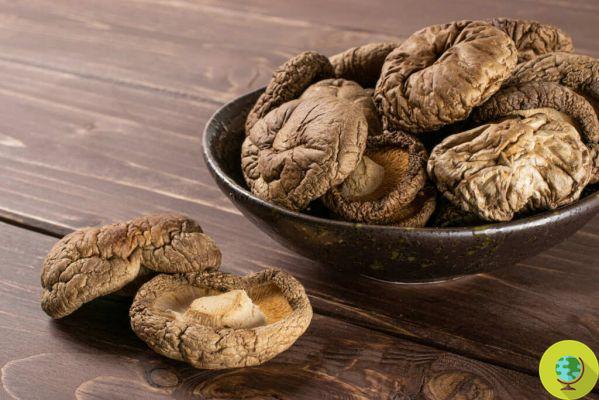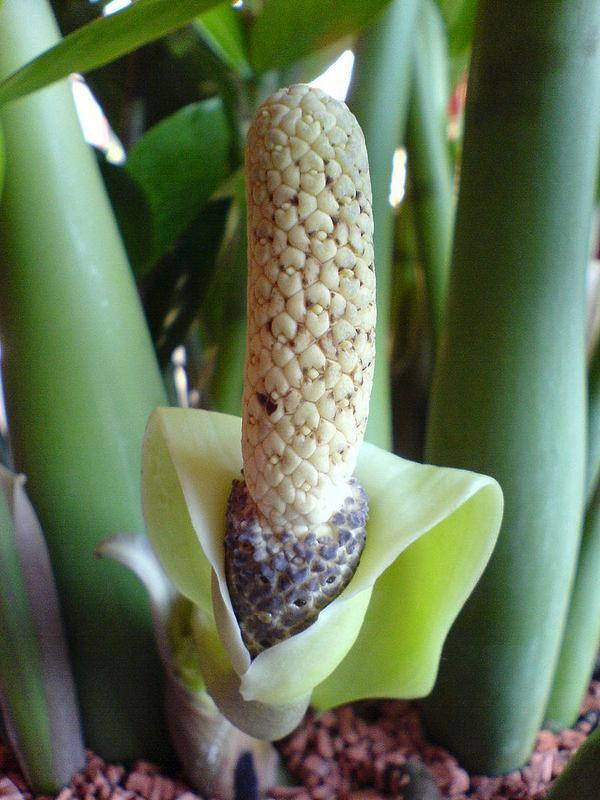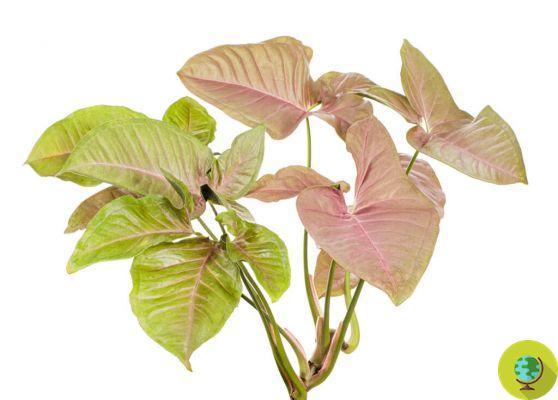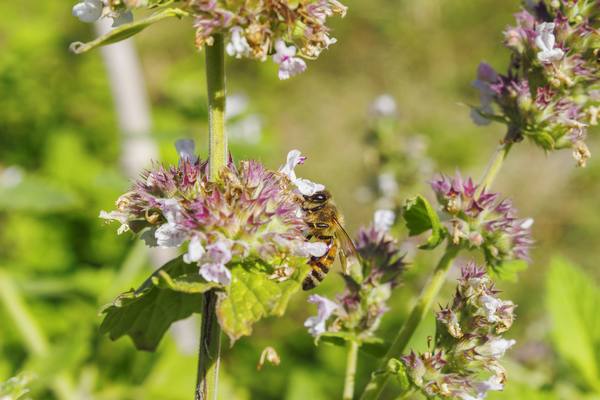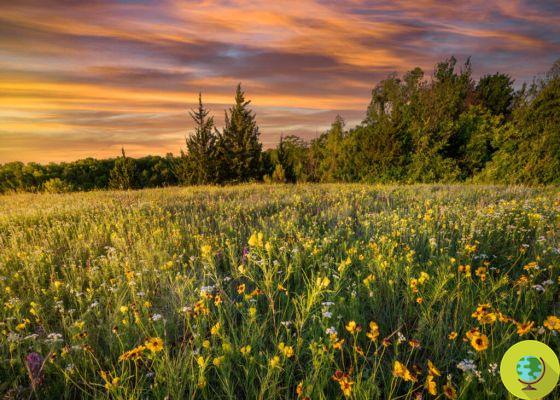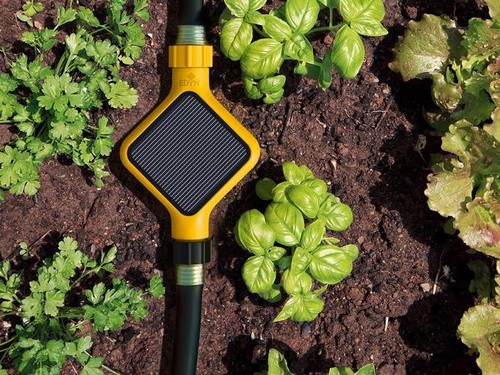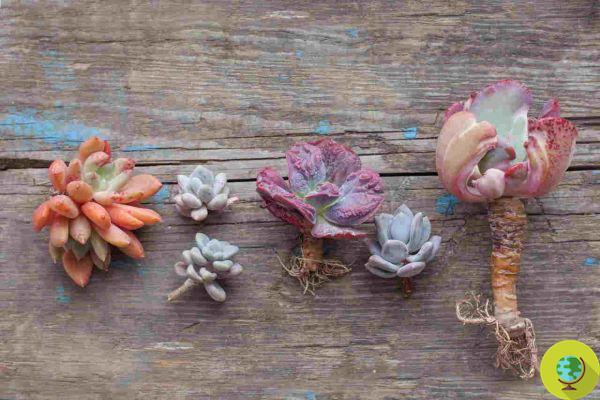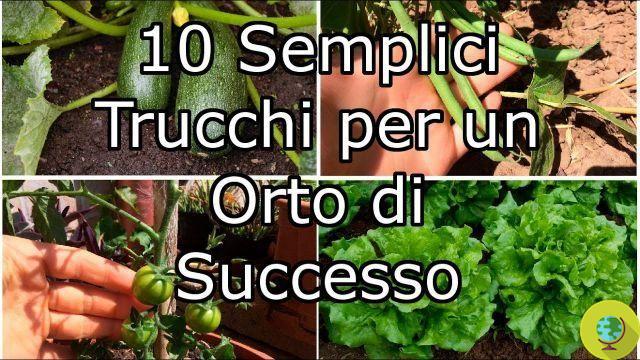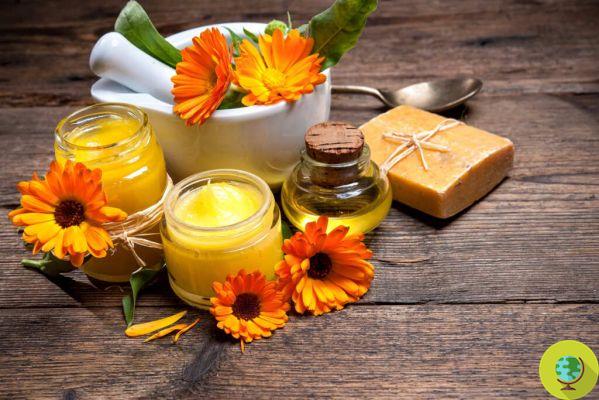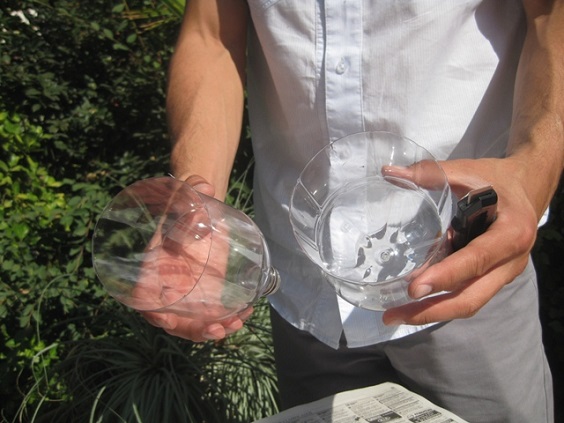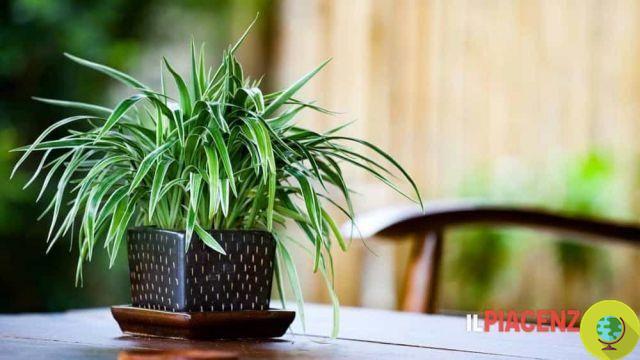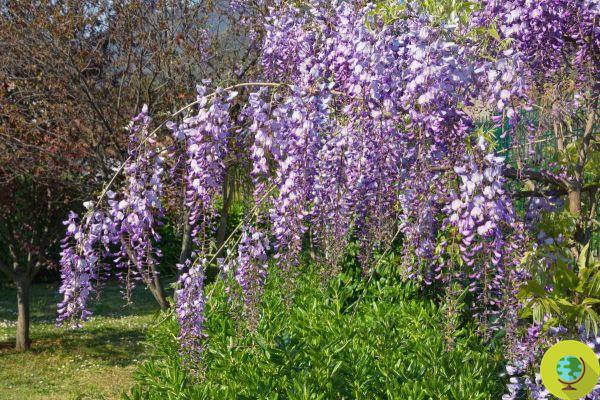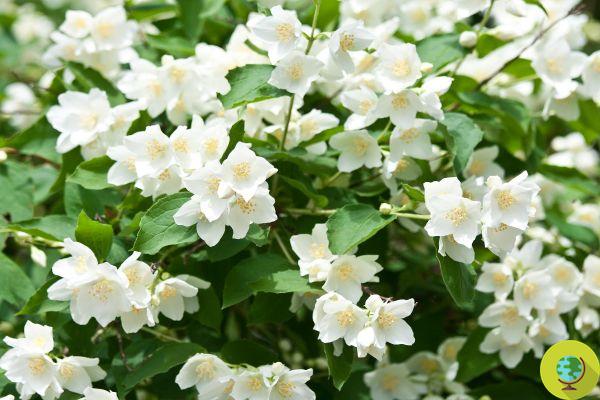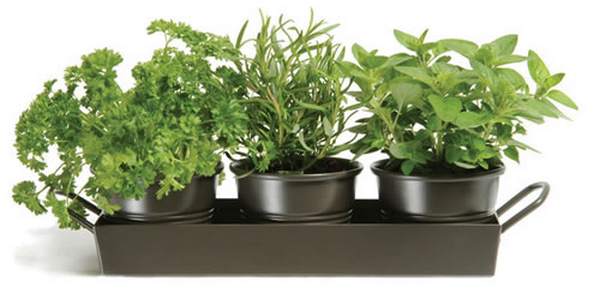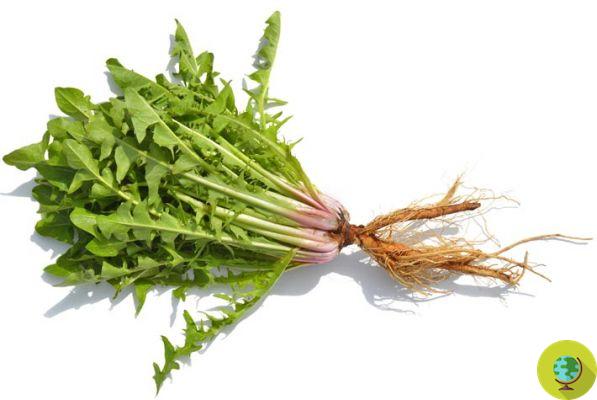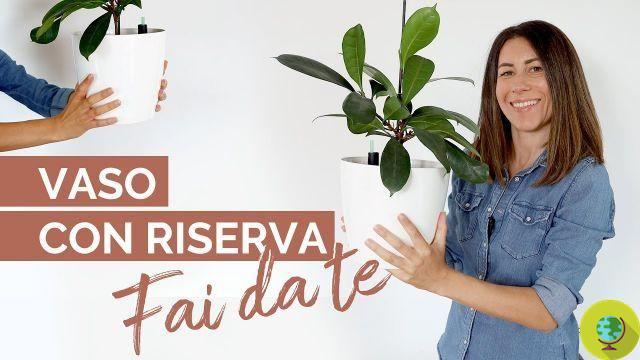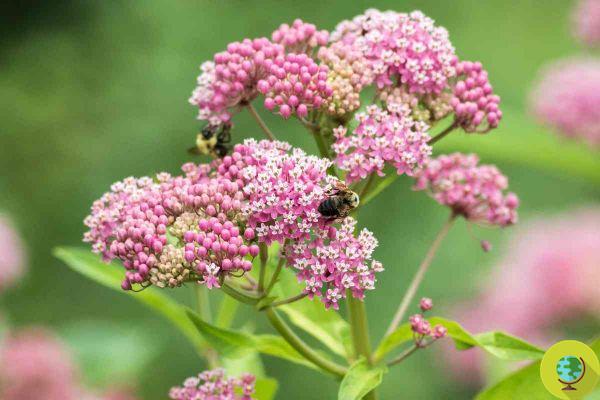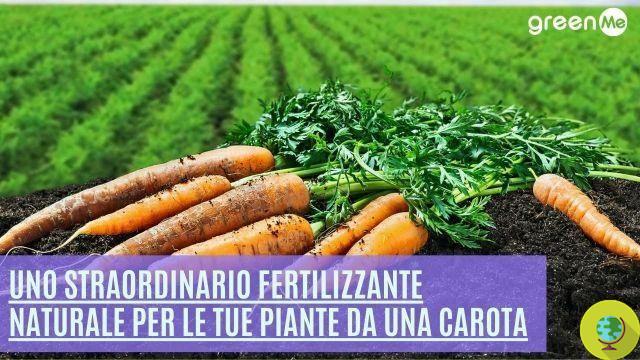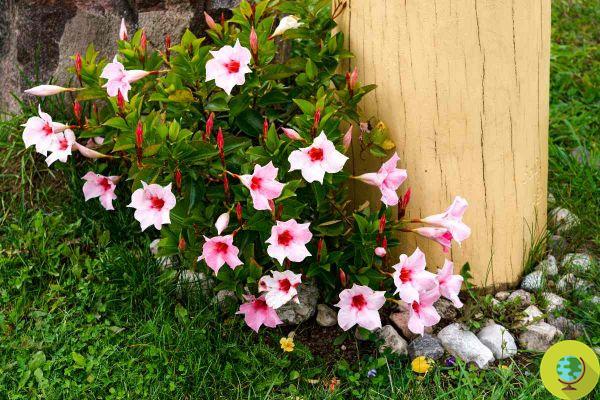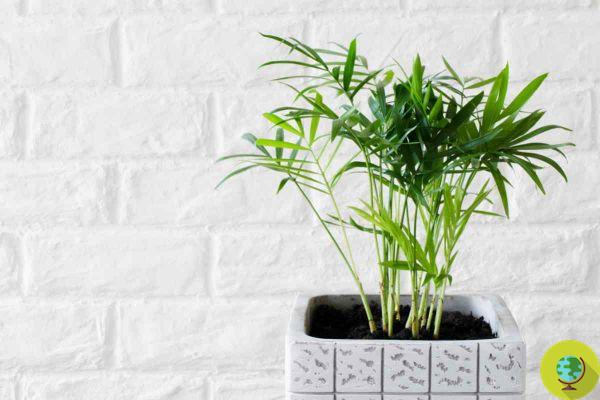The best fertilizer is the organic one, that is, the one obtained from natural substances, such as organic waste. Compost is a fertilizing product that is obtained from the natural decomposition of organic substances. Simple. And so is making it happen.
He is about to end up run over, his mother saves himThose who love to grow plants and flowers know it well: it is very important to use a good fertilizer. This is a term often associated with the idea of having to add a chemical compound to the earth's nutrients in order to grow thriving plants. Wrong. Or rather, not necessarily true. The best fertilizer is the organic one, that is, that which is obtained from natural substances, such as organic waste. The compost is a fertilizing product obtained from natural decomposition of organic substances. Simple. And so is making it happen.
In fact, each of us produces a series of organic vegetable waste every day. By accumulating these waste materials outdoors or in a special container, said compost, good quality compost for gardening and agriculture can be obtained in a short time.
First of all, let's see what organic waste is to be used for composting, distinguishing between wet waste (those of the kitchen) and the dry waste (those of the garden). Wet waste includes i vegetable residues, fruit peels, the tea and coffee grounds, while for the dry ones we can exploit the withered flowers, pruning branches, dry leaves, cut lawn grass and even sawdust. However, leftover food of animal origin and cooked foods, which could attract insects and other animals, are not indicated.
The ideal place to place our composter is a ventilated corner in the sunlight, which perhaps enjoys a semi-shade. It is also necessary to ensure adequate ventilation, because microorganisms live only in the presence of oxygen. The starting material must be well mixed and contain wet and dry waste in the same proportions; in this way you will have the right porosity for good air circulation. The waste can be continuously introduced into the composter, adding new material as the old one ferments and paying attention to the moisture content of the compound: it is advisable to wet it slightly if the mass dries too much.
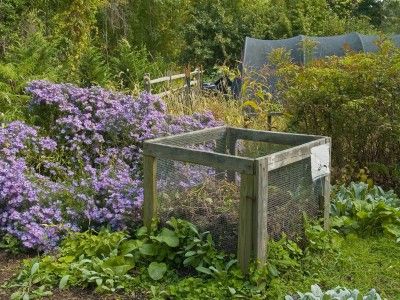
There are three main stages in which the composting process takes place:
in prima, which lasts from one to three weeks, the temperature begins to rise.
In second, which can last several months, the temperature must stabilize between 50 ° and 60 °. In this phase it is necessary to remix the mass three to five times a month to avoid differences in maturation between the inside and outside of the material.
In third we arrive at a state of ready compost: the material has undergone a composting of four to eight months and is transformed into humus.
A mature compost can be recognized by its dark color, soft consistency andsmell of dirt. Depending on the degree of ripeness, the compost is destined for different uses. After eight to ten months you have a compost soon: excellent for preparing flower beds, flower pots and re-sowing lawns. The mature composton the other hand, obtained after twelve to twenty-four months of composting, it is ideal as soil for pots.
Composting is a simple, non-demanding and inexpensive practice that has multiple benefits. It reduces the amount of organic waste in landfills, as well as the formation of leachate, a substance that pollutes the aquifers. It also allows us to obtain natural and fertile soil for our plants, without the need to use additional fertilizers or fertilizers. Not bad, ready for the experiment?
Monica Paolucci





